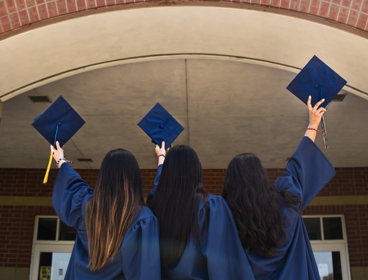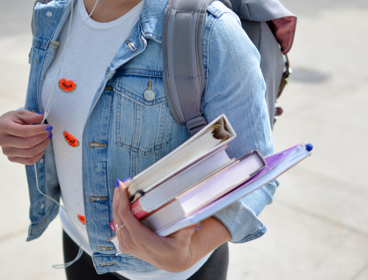This page contains a collection of equality, diversity and inclusion (EDI) resources with relevance to lab work in HE geography. These resources were collated as part of the project, Enabling equitable cultures of knowledge and practice in physical geography and environmental sciences, funded by the Natural Environment Research Council (NERC).
This page is dynamic; if you know of other relevant resources or wish to submit your own case study, we’d like to hear from you at rhed@rgs.org
The Society does not accept responsibility for the content of the external sites. Inclusion on this list does not equate to an endorsement of any content or organisation. Please contact the external site for questions regarding individual resources.
Case studies
DO-IT
University of Washington (USA)
There are two approaches to making academic activities accessible to students with disabilities - accommodations and universal design (UD). Accommodations are alternate formats, assistive technology, and other adjustments for specific students once they are enrolled in a class. DO-IT (Disabilities, Opportunities, Internetworking, and Technology) serves to increase the successful participation of individuals with disabilities in challenging academic programs such as those in science, engineering, mathematics, and technology.
-
Chaudhary, V.B. and Berhe, A.A. (2020) Ten simple rules for building an antiracist lab. PLoS Computational Biology, 16(10). Access the article.
-
Fairfax, E. and Brown, M.R.M. (2019) Increasing accessibility and inclusion in undergraduate geology labs through scenario-based TA training. Journal of Geoscience Education, 67(4), pp. 366-383. Access the article.
-
Flowers, S., O’Connell, K. and McDermott, V.M. (2021) Crafting Field Station and Marine Lab Communities for Undergraduate Diversity, Equity, and Inclusion. Bulletin of the Ecological Society of America, 102(4). Access the article.
-
Henriques, R. (2020) Lab leaders must create open and safe spaces to improve research culture. Wellcome Trust. Access the article.
-
Hunter et al. (2010) Diversity and Equity in the Lab: Preparing Scientists and Engineers for Inclusive Teaching in Courses and Research Environments. Learning from Inquiry in Practice ASP Conference Series, Vol. 436. Access the article.
-
Oxford Centre for Teaching and Learning (2021) Designing inclusive lab practicals. Access the article.
-
Nature (2018) These labs are remarkably diverse — here’s why they’re winning at science. Access the article.
-
Nature (2018) What does it take to make an institution more diverse? Six researchers share their ideas for improving representation. Access the article.
-
NASEM Earth and Life Studies (2022) Improving Accessibility and Inclusion in Field and Laboratory Science [Webinar, February 2022]. Access the webinar.
Disability in the lab
-
Duerstock, B.S. (2006) Accessible microscopy workstation for students and scientists with mobility impairments. Assistive Technology, 18(1), pp. 34–45.
-
Dunn, C., Rabren, K.S., Taylor, S.L. and Dotson, C.K. (2012) Assisting students with high-incidence disabilities to pursue careers in science, technology, engineering, and mathematics. Intervention in School and Clinic, 48(1), 47–54.




